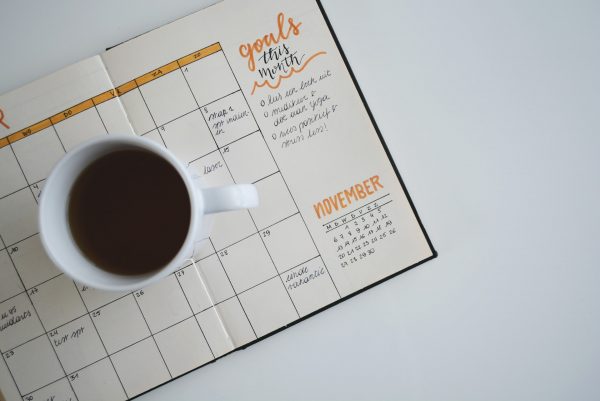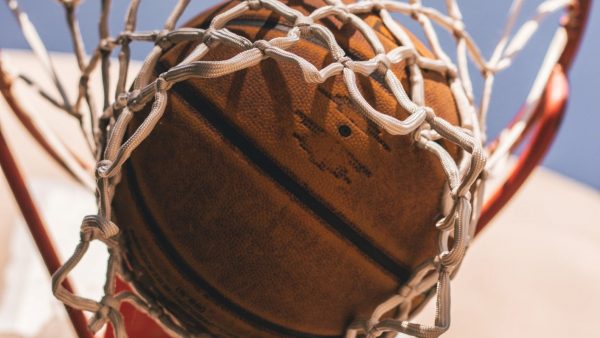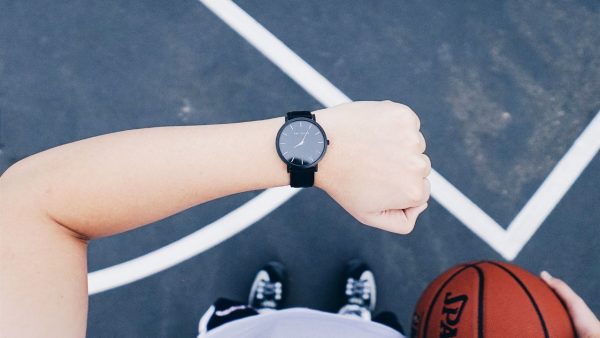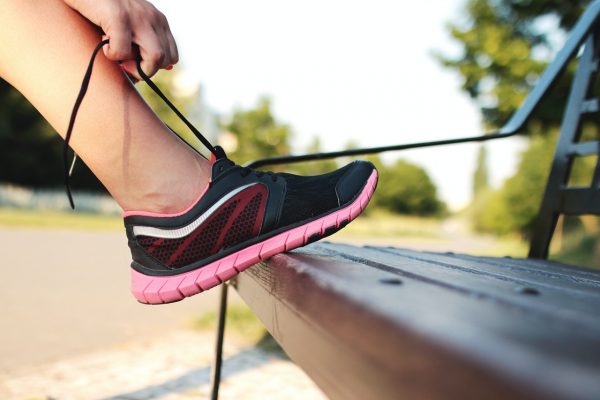Module “HOW” is made up of 4 units: planning, lifestyle, self-management and Dual Career transition & new environments. You will find practical advice, tips and tools on “HOW” to support a Dual Career athlete.
I. Planning
One of the greatest challenges for Dual Career athletes is to have an effective and comprehensive plan that covers all aspects of their Dual Career lives. In this chapter Parent/Guardian will find some answers how to support the athlete, the importance of planning, which are some useful self-assessment, goal setting, self-evaluation and time management planning tools and how to use them.
Self-assessment
One of effective self-assessment tool that can help Parent/Guardian and athletes planning their Dual Career is profiling. Athletes will often go through a performance profile to appraise their strengths and weaknesses.
Goal setting
Help setting effective sporting & educational goals to motivate Dual Career athlete, help them focus on ultimate success and make them accountable to themselves. Find out about some goal setting tools.
Career planning
Parent/Guardian can work with the athlete towards effective career planning strategy by following 5 simple steps.
Time management
Time is a resource that many Dual Career athletes feel they have little of. Find 2 planning tools to organize academic and sporting years and weekly commitments.

II. Lifestyle
The lifestyle of an athlete with a Dual Career is special and requires more support in both, the sports and educational environment. Check out some tips for Parents/Guardians on how you can help.
Performance lifestyle
A performance lifestyle is where sporting and academic achievement is supported by a balanced lifestyle. Sporting and academic success can be achieved without a balanced lifestyle but it won’ be sustained and can lead to stress, ill health, burn out and social isolation.
Managing the sporting environment
A vast array of people has an influence in an athlete sporting career like coach, manager, physiotherapist, sponsor, family, etc. The relationships between all involved are demanding. Sometimes an athlete may also face difficult situations related to bullying or unhealthy performance environments related to doping or so.
Managing the Academic Environment
Many schools, universities and institutes of sport help athletes to manage the additional academic demands. Schools and Universities are likely to have their own local policies on how they support dual career athletes.

III. Self-management
Read more about what is the Parents/Guardian role in supporting self-managing Dual Career athletes to better budget, health, well-being, nutrition and dealing with anti-doping issues.
Supporting self-managing
Learn about funding, financial planning and presenting to sponsors.
Supporting health & well-being
Find hints and tips to support athlete health and wellbeing by accessing some tools for physical, mental and social health, learn about avoiding addictions and importance of good sleep.

IV. Dual Career transitions & new environments
Athletes ’ Dual Careers are often accompanied by change due to different reasons like change of the sports environment, a change of the educational environment, but also due to an injury, family reasons or due to the end of a sports career.
Adapting to new environments
Learn about the different types of transitions that athletes go through in the course of their Dual Careers and how to help them adapt to those transitions. Help your athlete plan for that new environment. Be aware of the increased reliance on coaches and peer athletes or students that comes with these transitions and factor that into the decision-making process in terms of selecting a new coach and training environment in co-operation with the Dual Career athlete.
Transition of training & education
Learn to help in transition of training relocation and learn to support the transition from second level to tertiary education. Advice an athlete on high school and university course selection.
Transition from healthy to injured
One of the biggest challenges that athletes can face is when they become injured. It is a time when the Parent/Guardian can be of the greatest support. Read about some of the challenges that the athlete typically faces during the period of injury.
Transition from competitor to retired athlete
Transition from competitor to retired athlete is the last transition of an elite athlete. It’s time to think about identity, mental health, career options and transferable skills, finances, diet, change of social group and similar.

